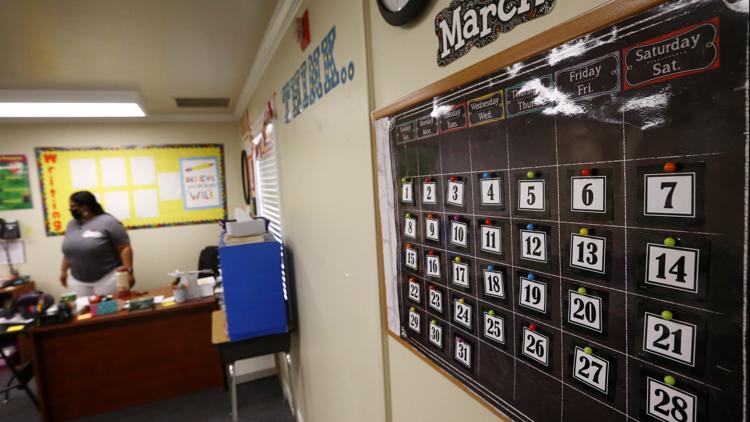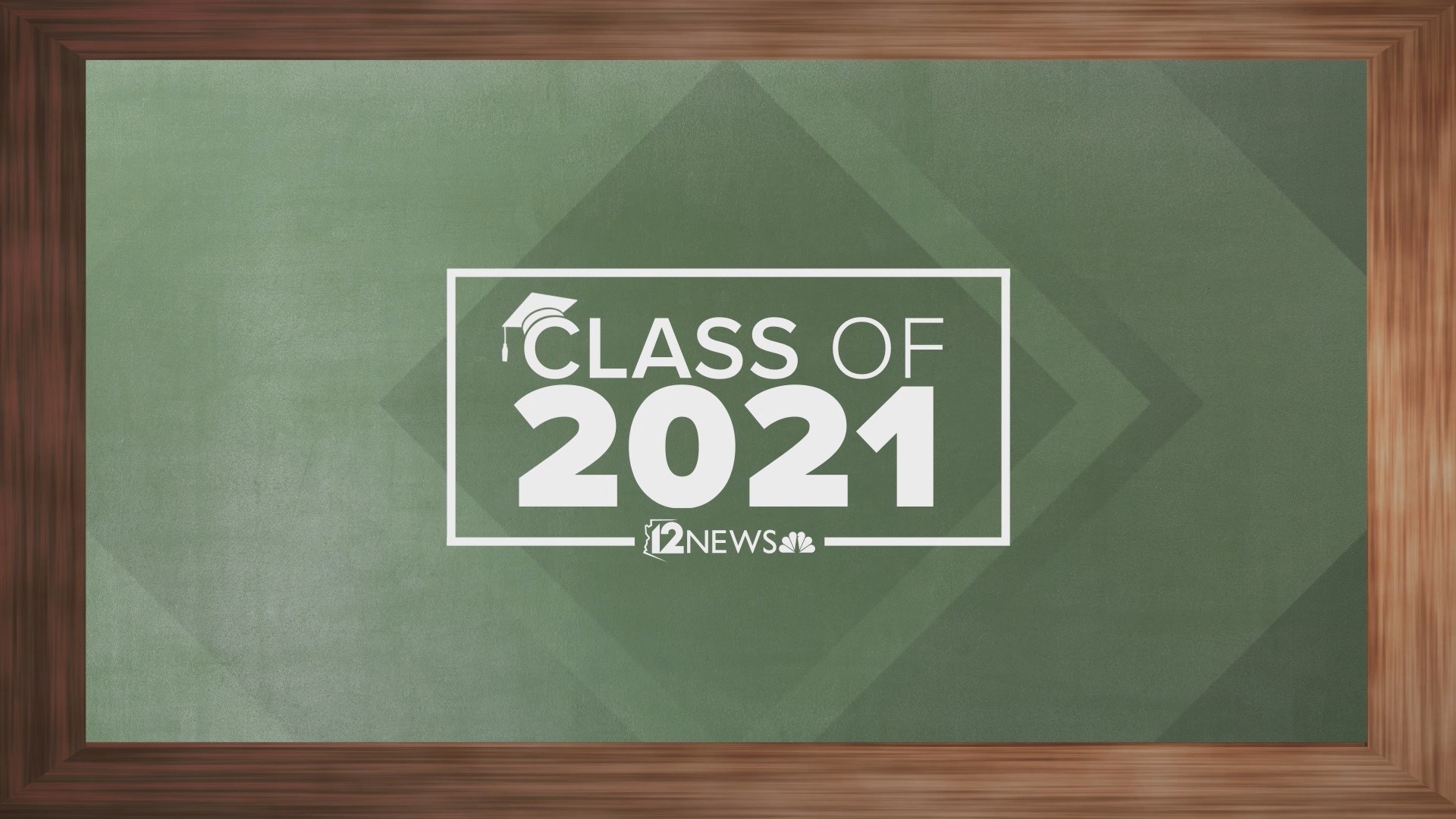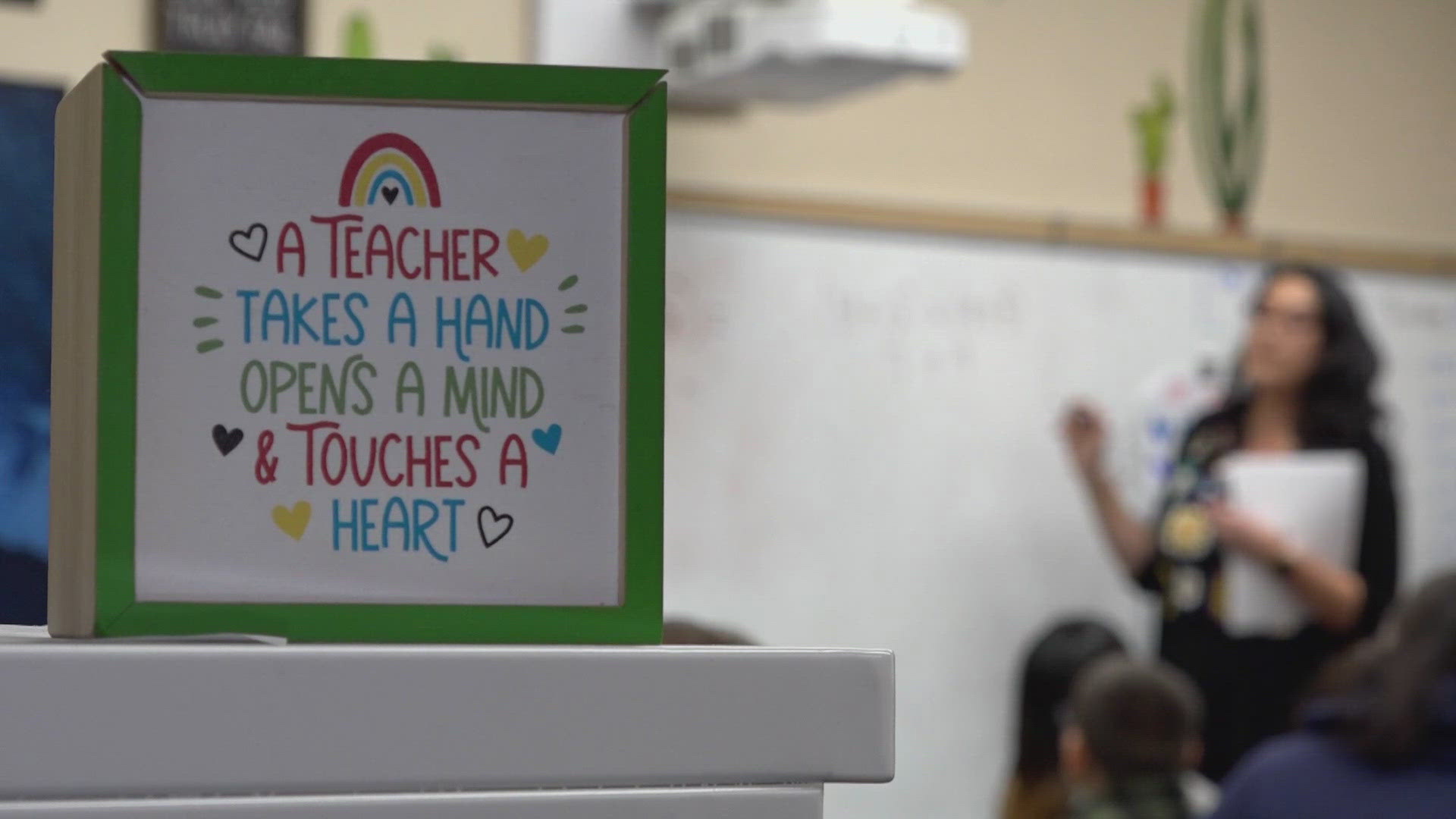PHOENIX — The changes are significant and they are instantly recognizable.
Delayed start dates, class times, lunches in classrooms, face masks. This is school in 2020. But another big change is happening, and it impacts everyone: How will educators adjust to a new way of teaching?
Lesson Plans
Last spring when students were sent home as Arizona grappled with skyrocketing case numbers, teachers were left to suddenly figure out how to teach lessons that were meant for face-to-face class time, not Zoom meetings. It also meant a large number of of students were left struggling to complete hours of work sheets after sitting in front of a computer screen for nearly seven hours a day.
"In the spring, it was this emergency, what do we do now" said Dr. Leanna Archambault, an associate professor and researcher in the Mary Lou Fulton Teachers College at Arizona State University.
"A lot of schools, my daughter's included, tried to do Zoom for seven hours a day, and recreate the school day, but that's really not the best model."
As the weeks turned into months some teachers began to shift their teaching models. Cutting back on the amounts and types of lessons, increasing the time spent focusing on student's individual needs.
"Its very difficult to recreate the classroom virtually, so the online space allows for working through content. It really shifts the role of the teacher" said Dr. Archambault.
Flexibility is key
"So it's not the teacher providing direct instruction the entire time, students might be engaging with. They might be learning from websites, or watching instructional videos, where the teacher really becomes the facilitator or the curator of content."
While that may seem like educators are taking the easy way out Dr. Archambault says it is a necessary part of a bigger plan.
"We need to have a way to measure, what are the benchmarks, and how do we know when a student has demonstrated mastery of a particular topic, and then we are able to count that as progress, count that as attendance rather than how many minutes did they sit in front of a computer."
"Flexibility is just paramount right now. Across the board schools are trying new things. Just because a student is physically in a classroom, doesn't necessarily equate to learning and so we need to take that and apply it to the online setting and look at progress, look at competency and how do we look at progress and use that as a metric."




